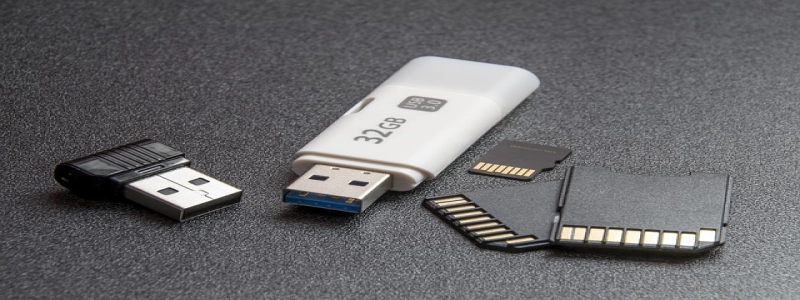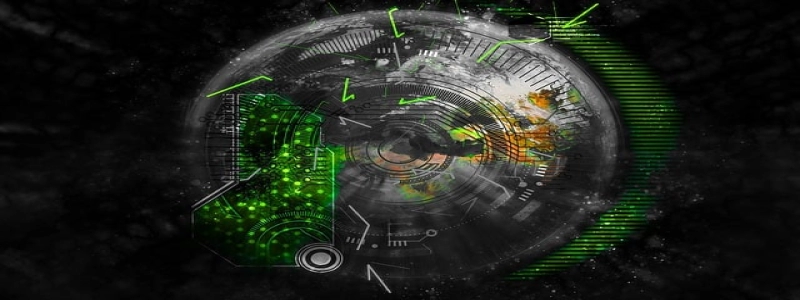Converter Ethernet to Fiber Optic
Introduction:
– The need for high-speed and reliable internet connections has become increasingly important in today’s digital age. Ethernet, which is a popular networking technology, provides a fast and efficient way to connect devices to a local area network (LAN). However, Ethernet connections are limited by distance. This is where fiber optic technology comes in. Fiber optic cables can transmit data over long distances without losing signal quality. To bridge the gap between Ethernet and fiber optic, a converter is needed.
What is a Converter?
– A converter, also known as a media converter, is a device that enables the conversion between different types of connectivity technologies. In the case of Ethernet to fiber optic conversion, the converter takes the Ethernet signal and translates it into a format that can be transmitted over fiber optic cables.
Why Convert Ethernet to Fiber Optic?
– There are several reasons why converting Ethernet to fiber optic may be necessary. Firstly, fiber optic cables can transmit data over much longer distances compared to traditional copper Ethernet cables. This makes fiber optic a suitable choice for connecting devices that are located far apart, such as in large office buildings or across campuses. Additionally, fiber optic cables are not susceptible to electromagnetic interference, making them ideal for environments with high electrical noise.
How Does it Work?
– The Ethernet to fiber optic converter is a two-port device. One port is configured for Ethernet connectivity, while the other is designed for fiber optic connectivity. The Ethernet port connects to the local area network, while the fiber optic port links to the fiber optic cable. The converter receives the Ethernet signal from the LAN and converts it into a format that can be transmitted over the fiber optic cable. At the other end of the fiber optic cable, another converter is used to translate the fiber optic signal back to an Ethernet signal.
Benefits of Using a Converter:
– Using a converter to bridge Ethernet and fiber optic connections offers several benefits. Firstly, it allows for the extension of Ethernet networks beyond the distance limitations of copper cables. This means that devices can be connected even if they are located far apart. Secondly, fiber optic cables provide faster and more reliable data transmission compared to copper cables. By converting Ethernet to fiber optic, organizations can enjoy the advantages of fiber optic technology without the need for costly infrastructure upgrades.
Conclusion:
– In conclusion, a converter is an essential device for converting Ethernet connectivity to fiber optic technology. By utilizing the benefits of fiber optic cables, organizations can overcome the limitations of copper Ethernet cables, such as distance restrictions and susceptibility to interference. Converters enable the extension of Ethernet networks over long distances while maintaining high-speed and reliable data transmission. With the ever-increasing need for faster and more efficient internet connections, Ethernet to fiber optic conversion is crucial in meeting these demands.








